Unleash Quality Repairs with Certified OEM Collision Parts Suppliers
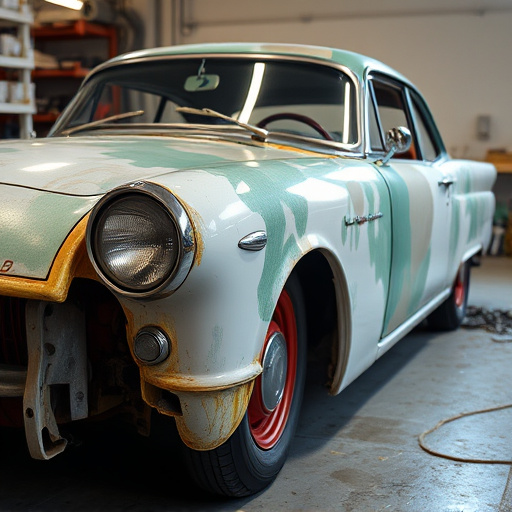
OEM collision parts, manufactured by vehicle makers, offer precision and reliability for car repairs…….
In the ever-evolving automotive industry, ensuring efficient and safe vehicle repairs is paramount. This is where Original Equipment Manufacturer (OEM) collision parts step into the spotlight, playing a pivotal role in shaping the post-collision restoration process. These specialized components are designed to meet the exacting standards of automobile manufacturers, offering both performance and reliability during the reconstruction of damaged vehicles. In this comprehensive article, we embark on a journey to explore every facet of OEM collision parts, from their definition and historical evolution to their global impact, technological advancements, and future prospects. By delving into these depths, readers will gain an invaluable understanding of this critical sector within the automotive supply chain.
Definition: OEM collision parts refer to the original equipment components used in the repair or replacement of vehicles involved in collisions or accidents. These parts are meticulously designed and manufactured by the same companies that produce the vehicle itself, ensuring they meet the precise specifications and quality standards set by the automobile manufacturer.
Core Components and Functionality: The scope of OEM collision parts is vast, encompassing a wide array of components such as body panels, engines, transmissions, brakes, lighting systems, and interior fixtures. Each part is tailored to fit the specific make and model of a vehicle, ensuring seamless integration during the repair process. For instance, an OEM fender not only replaces the damaged exterior panel but also aligns with the vehicle’s aesthetic design, maintaining its original look and feel.
Historical Context: The concept of OEM collision parts has evolved significantly over the years, mirroring the advancements in the automotive industry. Historically, after-market or third-party parts dominated the repair landscape, often leading to concerns about quality and compatibility. However, as vehicle technology became more complex, manufacturers recognized the need for standardized, high-quality replacement parts. This realization led to the emergence of OEM collision parts, which began gaining prominence in the 1980s and 1990s. Today, these parts are an integral part of the automotive repair ecosystem, ensuring vehicles return to their pre-accident condition or even surpass it with enhanced safety features.
Significance: The importance of OEM collision parts cannot be overstated. Firstly, they ensure that repairs maintain the vehicle’s structural integrity and safety standards. By adhering to manufacturer specifications, these parts contribute to the overall quality and reliability of vehicle restoration. Furthermore, OEM parts offer a cost-effective solution for both repair shops and insurance companies by streamlining the replacement process and minimizing the risk of future mechanical issues. For consumers, it means getting their vehicles back on the road safely and efficiently, often with extended warranties provided by manufacturers.
International Influence: The impact of OEM collision parts is not limited to a single region; it has become a global phenomenon. As international trade and vehicle manufacturing have expanded, the demand for standardized, high-quality replacement parts has followed suit. Manufacturers worldwide recognize the benefits of OEM parts, leading to their widespread adoption across various markets.
Regional Trends: Different regions have embraced OEM collision parts at varying rates, driven by factors such as local regulations, consumer preferences, and economic conditions. For instance, North America and Western Europe have been early adopters, with strict safety standards and a culture of high-quality repairs driving the demand. In contrast, emerging markets like Asia-Pacific are witnessing rapid growth in OEM part usage as vehicle ownership increases and consumers become more aware of the benefits of genuine parts.
Market Dynamics: The global OEM collision parts market is characterized by intense competition, with several key players dominating the scene. These companies often collaborate closely with automobile manufacturers, ensuring a steady supply of authentic parts. The market’s growth is fueled by factors like rising vehicle production, increasing road traffic, and growing consumer expectations for swift and reliable repairs. According to a recent report by Market Research Future (MRFR), the global OEM collision repair market is projected to reach a value of USD 315.7 billion by 2027, showcasing its substantial potential.
Market Dynamics and Investment: The economic landscape of OEM collision parts is dynamic and influenced by various factors. The market’s growth is not solely driven by demand but also by strategic investments from both manufacturers and suppliers. These investments cater to research and development, manufacturing capacity expansion, and the establishment of efficient distribution networks. As the industry evolves, we witness the emergence of specialized collision centers and repair shops that focus exclusively on OEM parts, further fueling market growth.
Cost-Benefit Analysis: From an economic standpoint, the use of OEM collision parts offers a compelling cost-benefit analysis. While these parts may carry a higher upfront cost compared to after-market alternatives, they contribute to long-term savings for repair shops and insurance providers. This is due to reduced warranty claims, lower rates of post-repair failures, and the prevention of costly secondary damage. For consumers, OEM parts often come with manufacturer warranties, providing added peace of mind.
Role in Economic Systems: OEM collision parts play a vital role in supporting local economies and global supply chains. The production and distribution of these parts create employment opportunities, stimulate industrial growth, and foster international trade. Furthermore, the demand for OEM parts drives innovation, encouraging manufacturers to invest in cutting-edge technologies and sustainable practices.
Innovation in Materials: One of the most significant technological advancements in OEM collision parts is the exploration and adoption of advanced materials. Manufacturers are turning to lightweight composites, such as carbon fiber reinforced polymers (CFRP), to create body panels and structural components. These materials offer exceptional strength-to-weight ratios, enabling vehicle manufacturers to achieve better fuel efficiency and reduced emissions. For example, the use of CFRP in modern vehicles can reduce weight by up to 40%, leading to significant environmental benefits.
Digital Technologies: The integration of digital technologies has revolutionized the way OEM collision parts are designed, manufactured, and distributed. Computer-aided design (CAD) software allows for precise modeling and simulation, ensuring optimal part fitment and performance. Additionally, additive manufacturing (3D printing) is being utilized to create complex geometric components, reducing production time and material waste.
Smart and Connected Parts: The Internet of Things (IoT) has introduced a new era in OEM collision parts, with ‘smart’ sensors integrated into various components. These sensors monitor vehicle health, provide real-time diagnostics, and enable predictive maintenance. For instance, a smart brake pad can notify drivers when it’s time for replacement, enhancing safety and reducing the likelihood of accidents caused by worn-out brakes.
Future Potential: The future holds immense potential for technological advancements in OEM collision parts. As autonomous vehicles gain traction, the focus will shift towards collision repair technologies that cater to these new mobility solutions. Advanced robotics and artificial intelligence (AI) could streamline the repair process, making it faster, more precise, and less labor-intensive. Furthermore, the development of biodegradable or recyclable materials for collision parts could contribute to a more sustainable automotive industry.
Global Regulations: The use of OEM collision parts is subject to various international regulations and standards aimed at ensuring vehicle safety and quality. These include guidelines from organizations like the United Nations Economic Commission for Europe (UNECE) and the International Organization for Standardization (ISO). For instance, UNECE Regulation 16 provides harmonized technical requirements for vehicle repair and replacement parts, directly influencing OEM part manufacturing and distribution.
Regional Variations: Different regions have their own set of regulations, often tailored to local conditions and consumer protection needs. In Europe, the General Data Protection Regulation (GDPR) governs the handling of personal data in the context of collision repairs, ensuring privacy and security. The European Union’s (EU) Eco-Design Directive encourages the use of environmentally friendly materials and processes in the production of OEM parts.
Licensing and Certification: To ensure authenticity and quality, many countries require manufacturers and suppliers of OEM collision parts to obtain specific licenses and certifications. These certifications involve rigorous testing and compliance checks to meet safety and performance standards. For example, the National Highway Traffic Safety Administration (NHTSA) in the United States sets standards for crashworthiness and requires certification for all replacement parts used in vehicle repairs.
Intellectual Property Rights: Protecting intellectual property (IP) is a critical aspect of the OEM collision parts industry. Manufacturers invest heavily in research and development, creating unique designs and processes that need legal protection. Patents, trademarks, and copyrights play a pivotal role in safeguarding these innovations, fostering competition, and encouraging further technological advancements.
Counterfeit Parts: One of the primary challenges facing the OEM collision parts industry is the prevalence of counterfeit or after-market imitations. These parts, often produced outside of the manufacturer’s control, may look similar to authentic ones but typically lack the same quality standards and performance capabilities. Counterfeits can lead to safety concerns, costly repairs, and damage to the reputation of genuine OEM part manufacturers.
Solution: To combat this issue, industry stakeholders have implemented several strategies. Stringent anti-counterfeiting measures, including advanced product labeling and tracking technologies, help identify and prevent the sale of fake parts. Additionally, collaborations between manufacturers, law enforcement agencies, and customs officials have intensified efforts to disrupt counterfeit supply chains.
Limited Availability and Lead Times: In some cases, the demand for specific OEM collision parts, especially for older or specialized vehicles, may outstrip supply. This challenge is further exacerbated by global supply chain disruptions, leading to longer lead times for manufacturers to produce replacement parts. Limited availability can result in extended repair times and increased costs for repair shops and consumers.
Solution: To address this, manufacturers are investing in flexible production capabilities and efficient inventory management systems. Just-in-time (JIT) delivery models and strategic partnerships with suppliers help ensure a steady supply of parts, minimizing delays. Furthermore, digital platforms that facilitate part locating and ordering can assist repair shops in finding rare or hard-to-find OEM components promptly.
Cost Considerations: The expense associated with OEM collision parts is often cited as a barrier to their widespread adoption, particularly in regions with stringent safety regulations but limited economic resources. The higher upfront cost of these parts compared to after-market alternatives can be a challenge for repair shops and consumers alike.
Solution: While the long-term benefits of OEM parts justify their cost, targeted financial incentives and insurance policies can help bridge this gap. Governments and insurance providers can offer subsidies or reduced deductibles for policyholders who opt for OEM parts during vehicle repairs, making them more accessible to a broader customer base.
Case Study 1: The Tesla Model S Crash Repair: In 2016, a significant crash involving a Tesla Model S brought the importance of OEM collision parts into the spotlight. Despite the vehicle’s advanced autonomous driving features, the repair process required a meticulous approach due to its unique design and electric drivetrain. Tesla worked closely with its OEM part suppliers to develop specialized replacement parts, ensuring the vehicle’s safety and performance were restored without compromise. This case highlights the critical role of OEM parts in complex modern vehicle repairs.
Lessons Learned:
Case Study 2: Toyota’s Global Recall and OEM Parts’ Role: In 2014, Toyota Motor Corporation initiated one of the largest automotive recalls in history, affecting millions of vehicles worldwide due to potential fuel pump issues. This case study underscores the importance of OEM collision parts during major recall events. Toyota supplied genuine replacement parts to authorized dealers and repair shops, ensuring proper and safe repairs. The efficient distribution of OEM parts played a crucial role in minimizing customer inconvenience and maintaining consumer trust.
Lessons Learned:
Emerging Trends: The future of OEM collision parts is brimming with exciting possibilities, driven by technological advancements and evolving consumer expectations. Here are some key trends to watch:
Growth Areas: The global market for OEM collision parts is poised for significant growth in several regions:
Strategic Considerations: To capitalize on these future prospects, industry players should focus on:
OEM collision parts are an essential component in the automotive industry’s pursuit of safety, quality, and innovation. As vehicles continue to evolve with advanced technologies and sustainability in mind, so too will the role of OEM parts manufacturers. By embracing technological advancements, navigating regulatory challenges, and staying attuned to market trends, these companies contribute significantly to the overall mobility ecosystem.
The future holds immense potential for growth and development within the OEM collision parts industry, with a focus on sustainability, connectivity, and advanced materials. As global transportation continues to transform, OEM parts will remain at the forefront of ensuring safe, reliable, and efficient vehicle repairs worldwide.

OEM collision parts, manufactured by vehicle makers, offer precision and reliability for car repairs…….

OEM collision parts offer reliable and safe auto repair solutions. Precisely engineered to fit, they…….
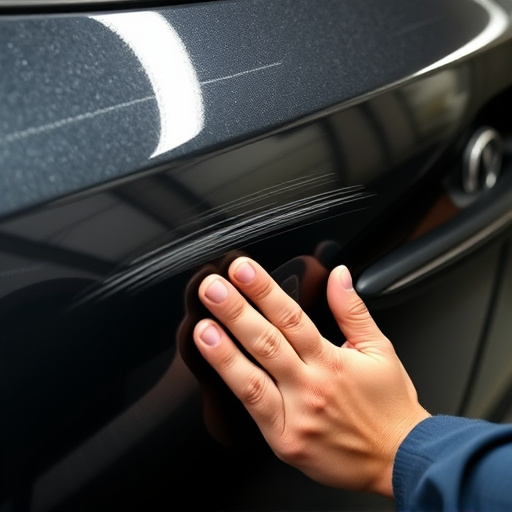
Choosing OEM collision parts guarantees safety, precision engineering, and peace of mind for vehicle…….

OEM collision parts are vital for crash recovery due to their precise fit, superior quality, and adh…….

OEM collision parts are original manufacturer components designed to perfectly fit and function with…….
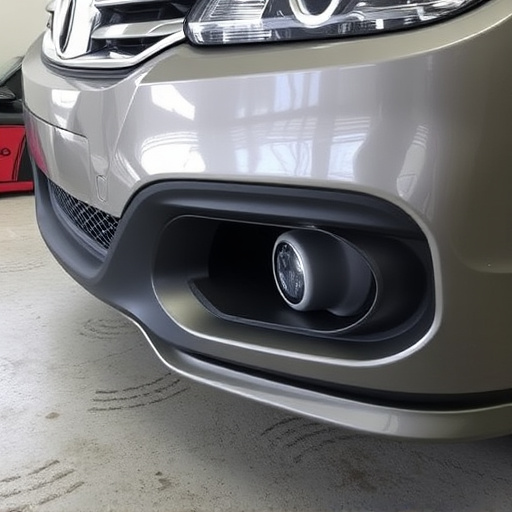
Using OEM collision parts ensures precise vehicle fit, maintains structural integrity, and preserves…….
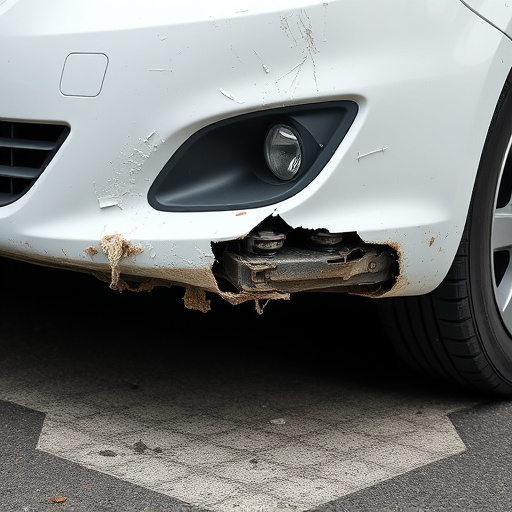
OEM collision parts offer superior fitment, compatibility, and structural integrity for vehicle repa…….

OEM collision parts are original equipment manufacturer components tailored to specific vehicle make…….

Automotive body shops prioritize OEM collision parts for quality and precision in dent repair, ensur…….
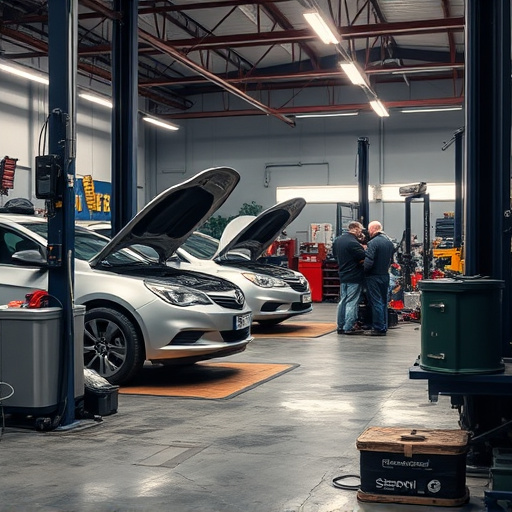
Using OEM collision parts for vehicle repair ensures safety and optimal performance by providing pre…….